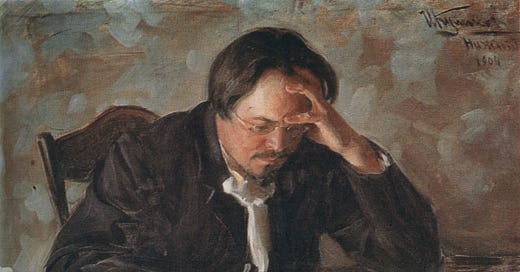Translation, the art that bridges the great chasm between languages and opens up inaccessible words and stories to us. It is an art, because no two translators will translate the same passage the same way. Each one brings their own flavor to it, for better or for worse. For certain classics there are many translators to choose from (the perennial question of whether you prefer Fagles, Fitzgerald, or Lattimore for Homer comes to mind). For other books, there may be only one or two translation options with which you’re forced to make do. While a good translator “is invisible,” he or she can make the difference between the reader struggling with the book or loving it.
What are the qualities of a good translation? Katy Derbershire asked 10 translators this very question, and there answers are interesting even if you know nothing about translation:
“The voice of a good translation is as distinctive in English as the author’s voice in the original language, also when compared to other authors translated by the same translator. A good translation accepts the gifts English offers and is not an endless procession of compromise and loss. A good translation is something to aspire to and, in this perfectionist’s profession, a good translation is never good enough.”
“A good translation perfectly resolves the tension between meaning and music, and that of being source-text oriented and target-reader oriented. A good translation is bold and creative, a good translation sings.”
“For me a good translation is one that is on the same wavelength as the original text – a piece of music that has been arranged for different instruments but evokes an emotional response as close to the effect of the original as possible given a different cultural background and references. Or a goulash or a soufflé prepared from locally available ingredients that comes out with a texture as stodgy or fluffy and that burns your palate or tickles your taste buds in the same way as the original.”
“To borrow from Potter Stewart, we know a good translation when we see it, right? Complicating matters further, each good translation is good in its own way. I hope that doesn’t read like a cop-out. I think it’s true. The good ones make us see translation in a new way.”
These, and the other responses, reveal that translation is not merely a one-to-one transaction between words and languages, but an art form. Each translator has to bring his own creativity and personality to the table, submitting to the original author’s creativity and personality, but not being afraid to help the work sing in its new key.
You can read the 10 complete responses here.




